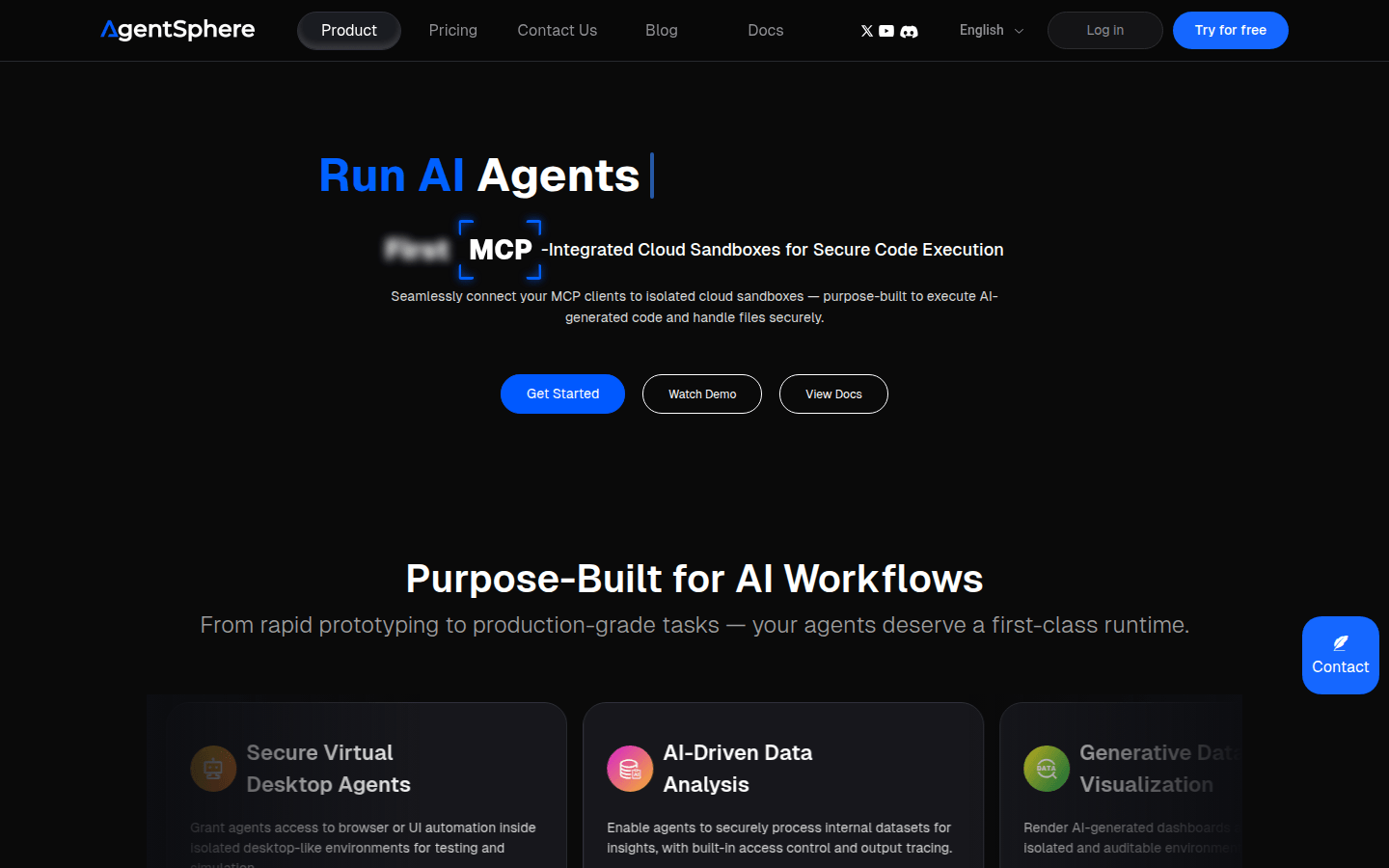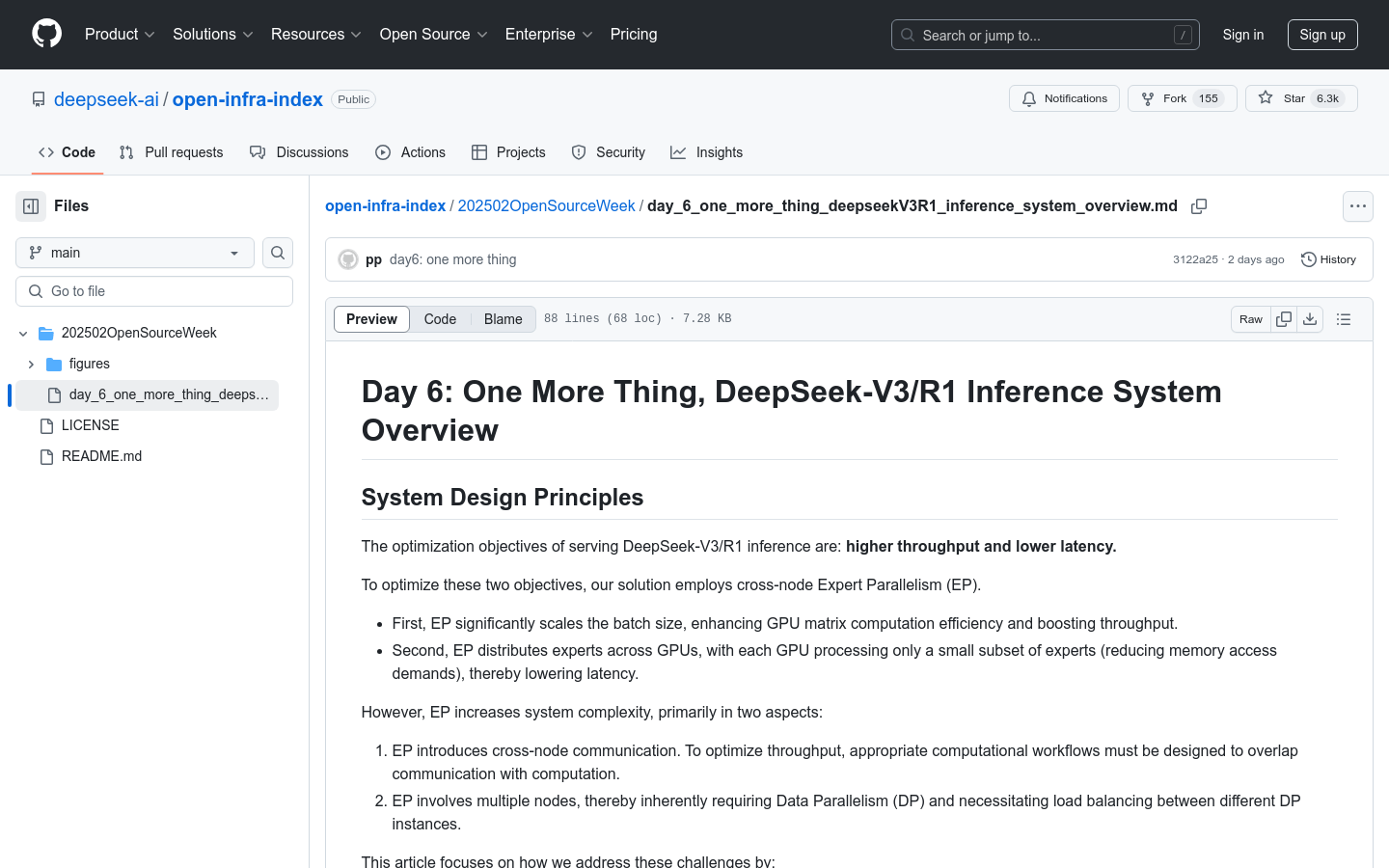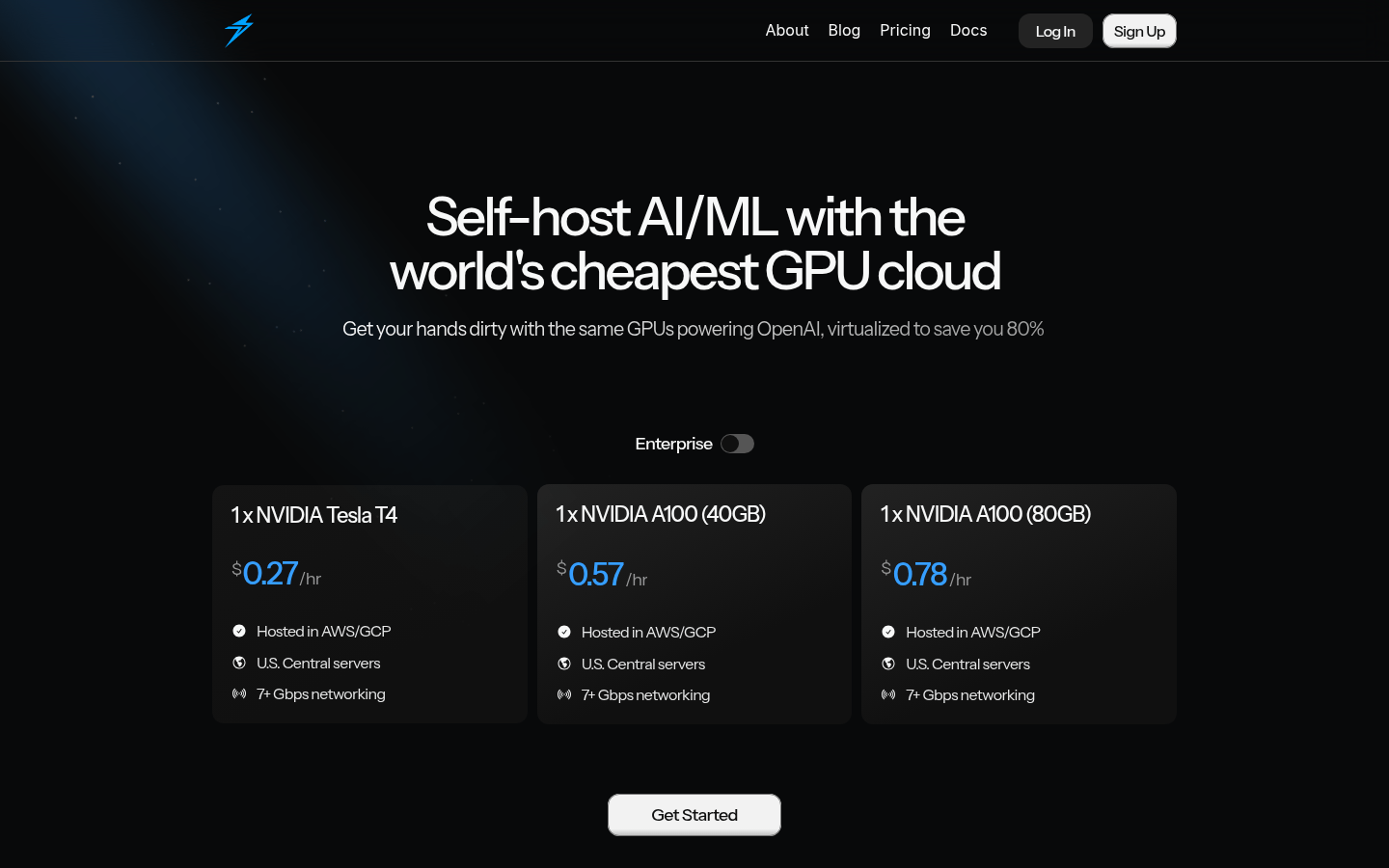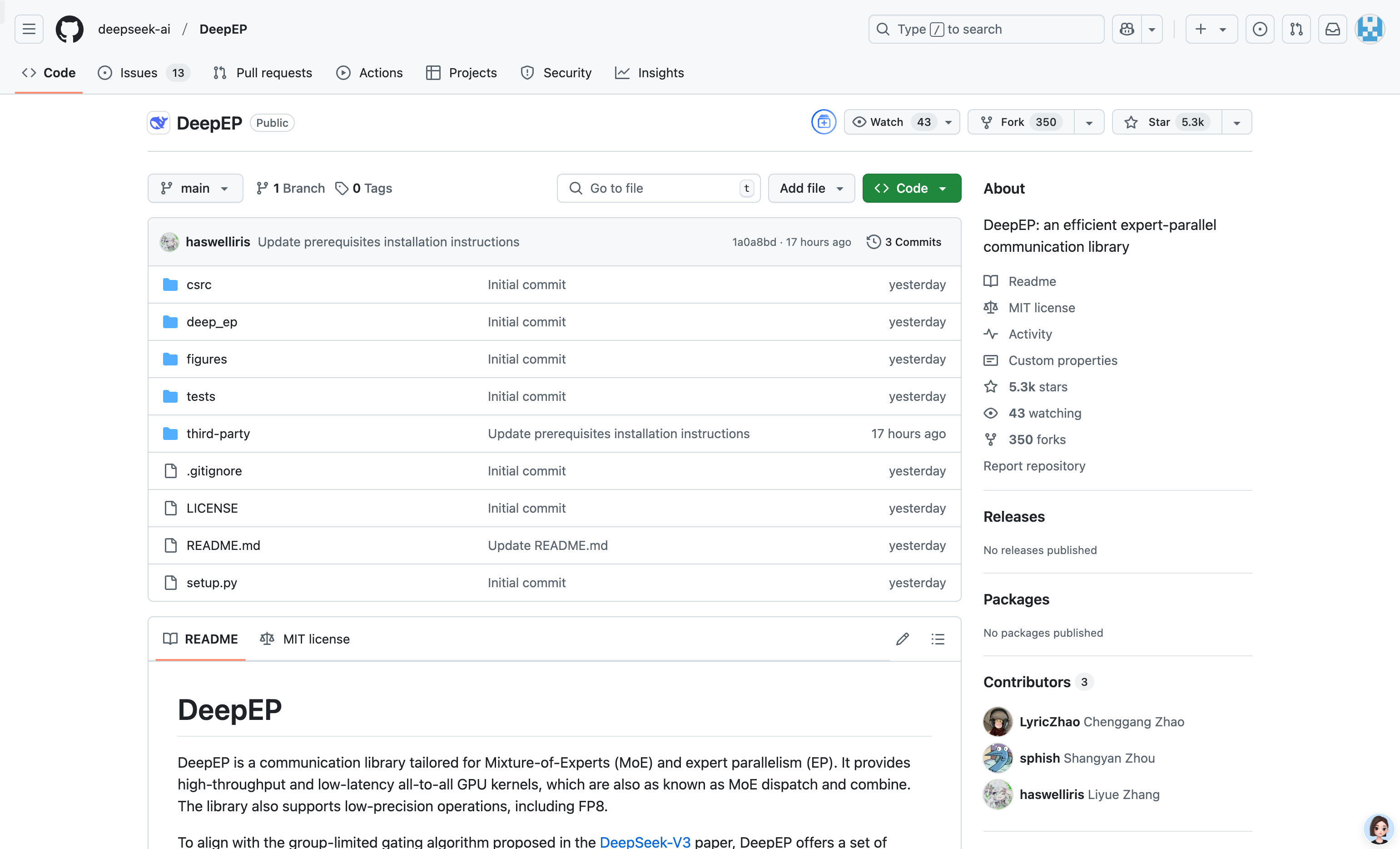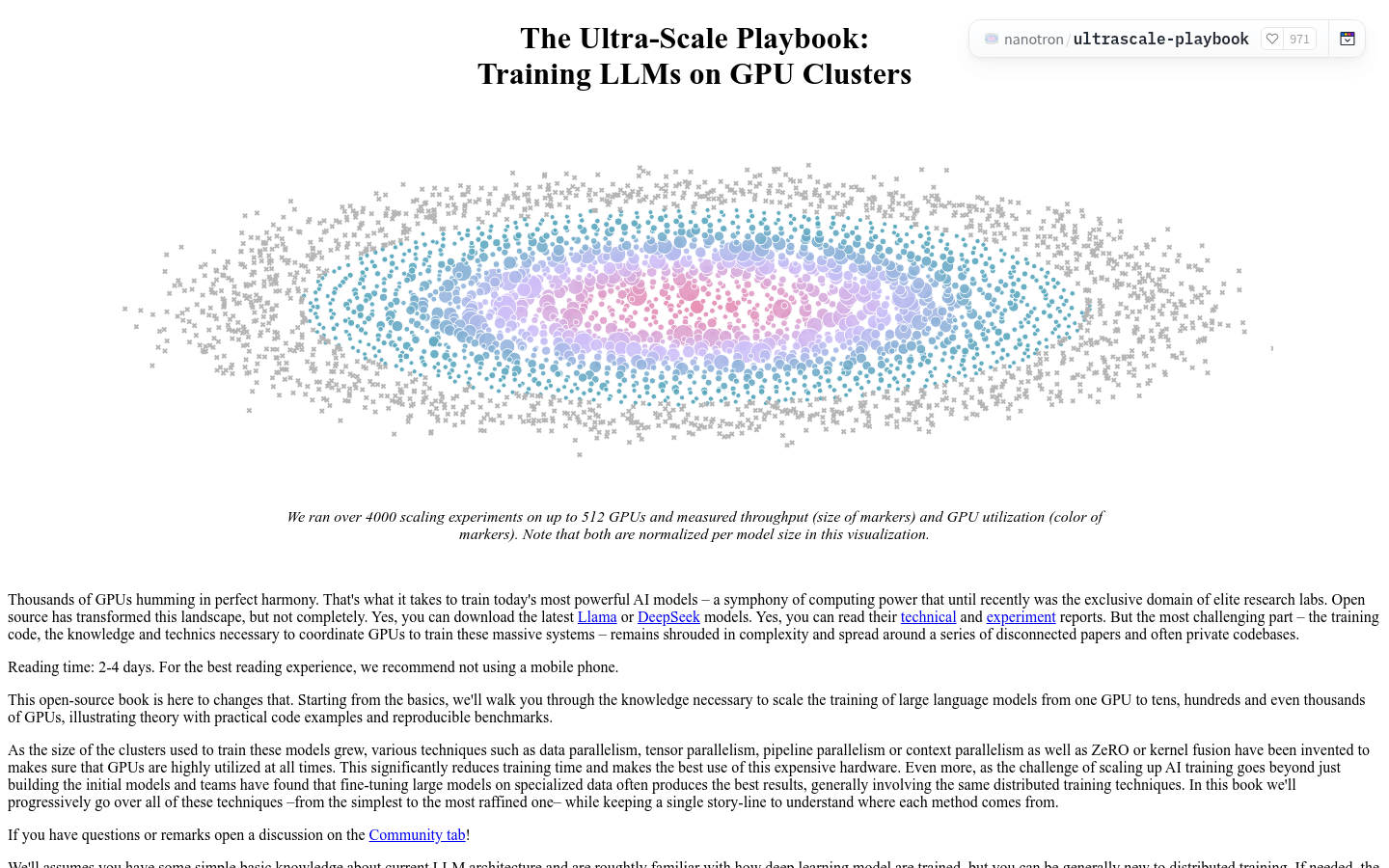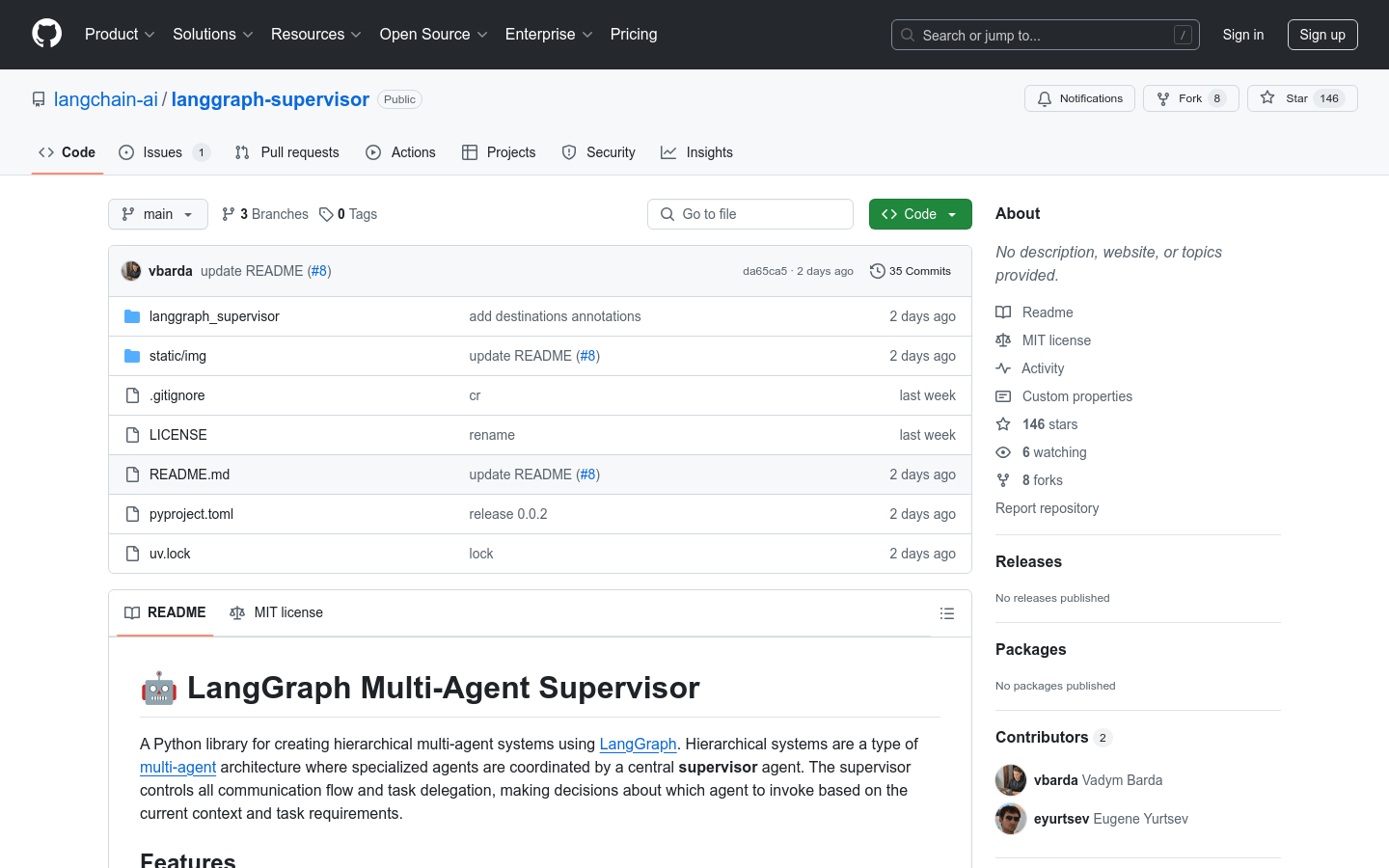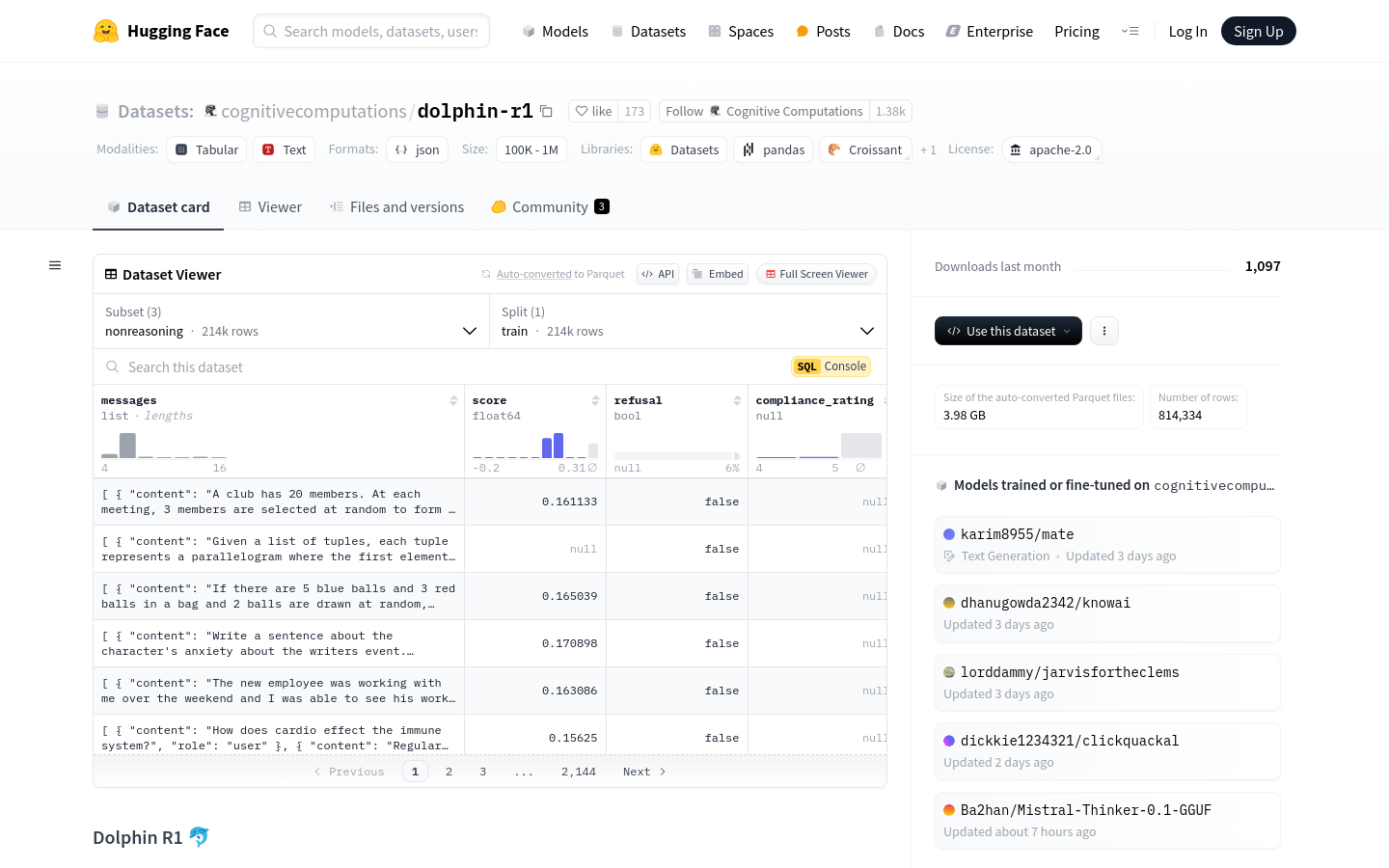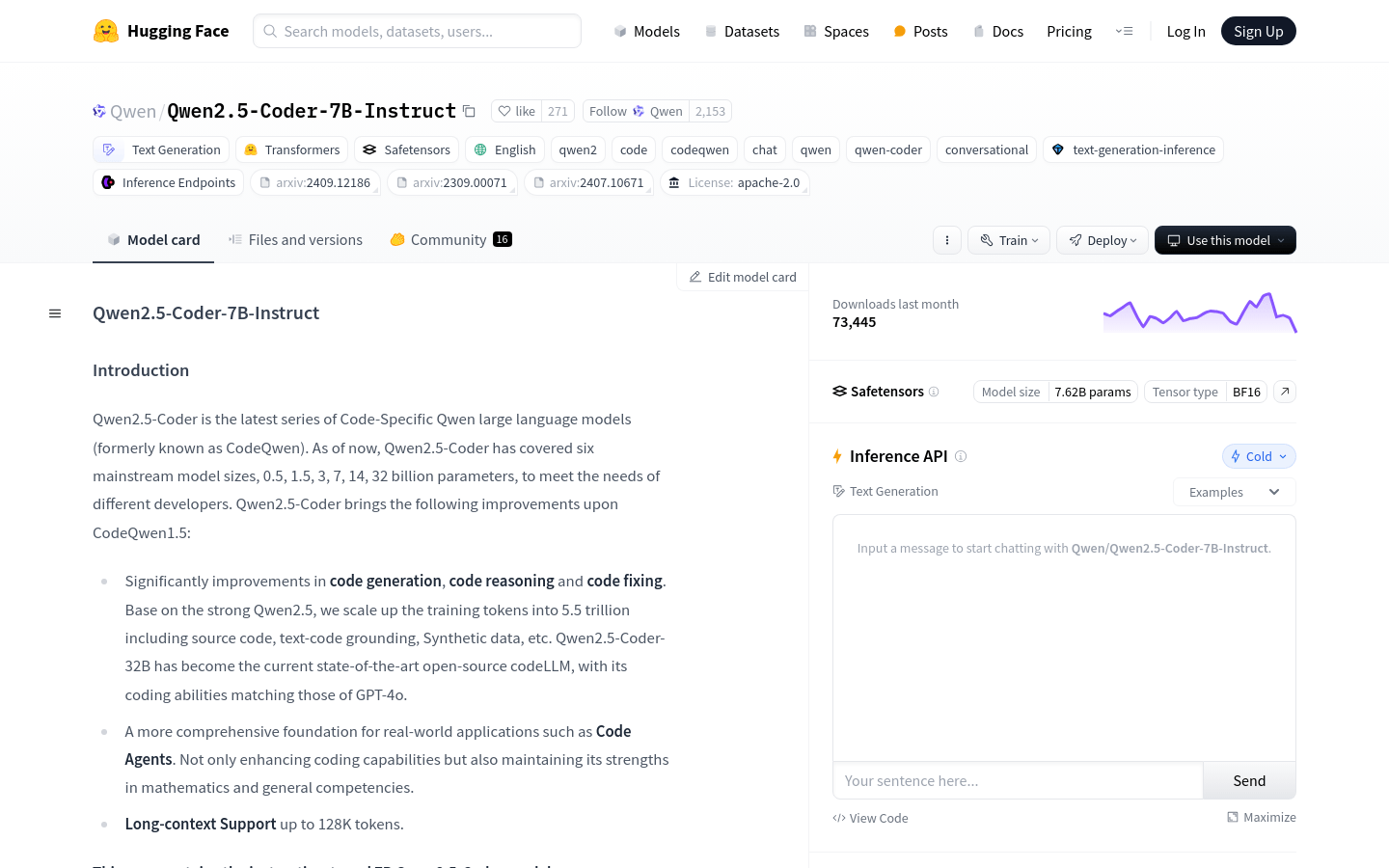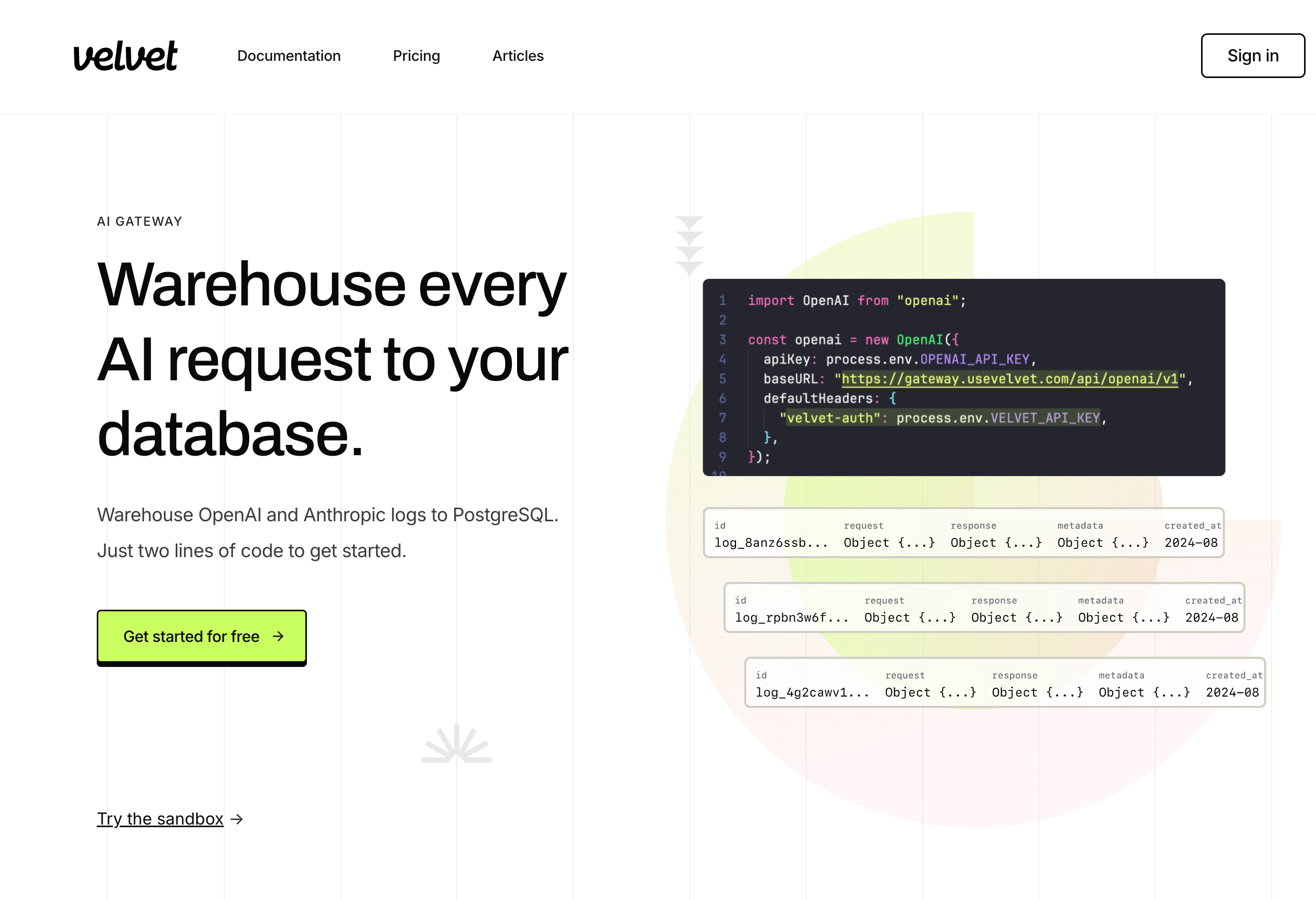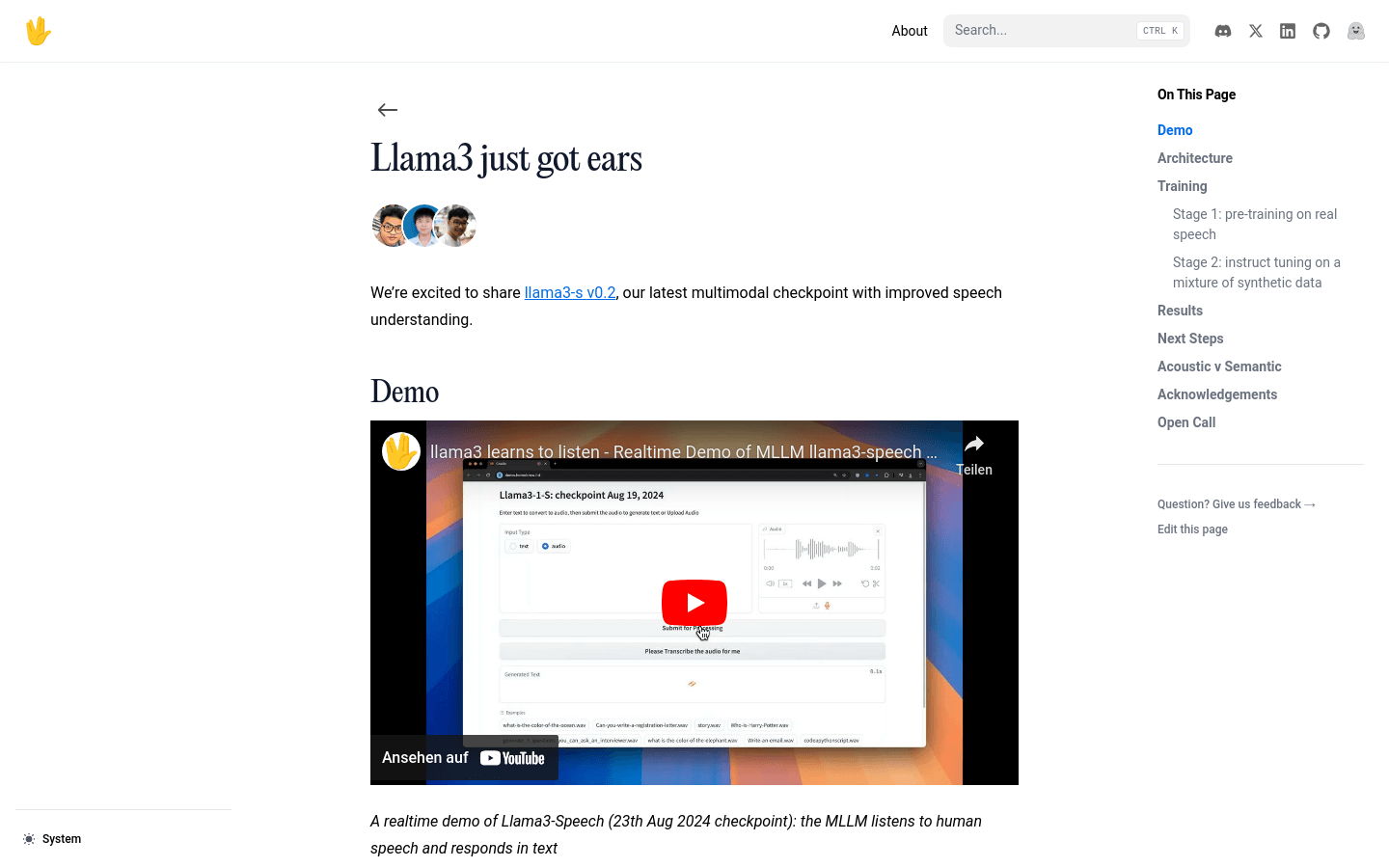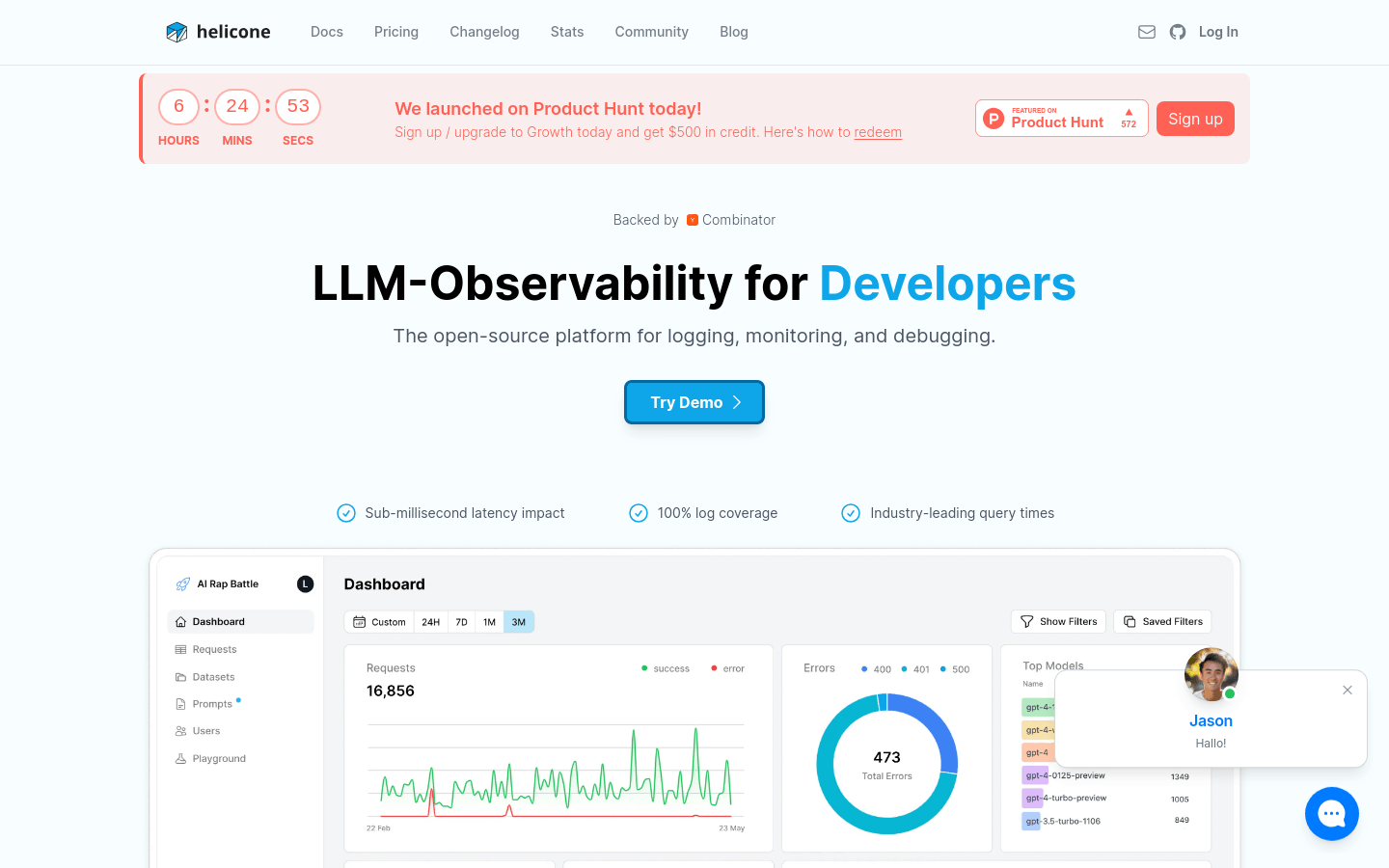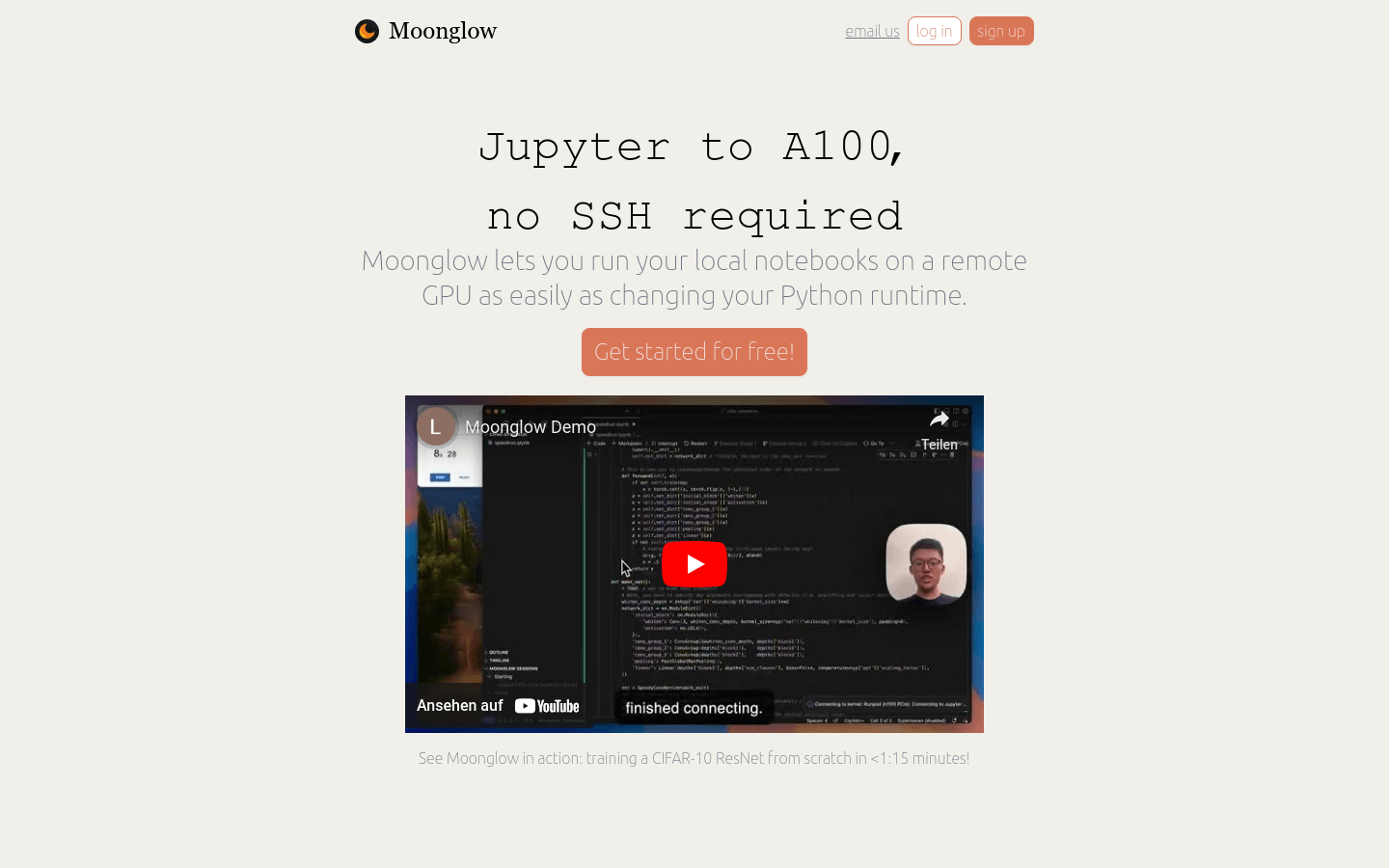💻
programming Category
Model training and deployment
Found 100 AI tools
100
tools
Primary Category: programming
Subcategory: Model training and deployment
Found 100 matching tools
Related AI Tools
Click any tool to view details
Related Subcategories
Explore other subcategories under programming Other Categories
💻
Explore More programming Tools
Model training and deployment Hot programming is a popular subcategory under 140 quality AI tools
